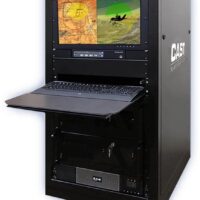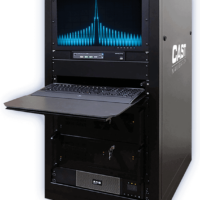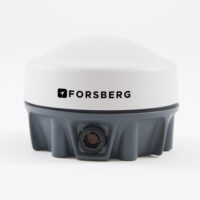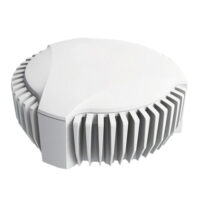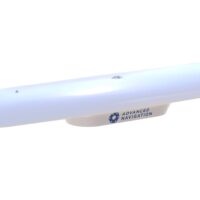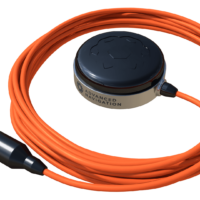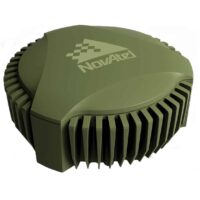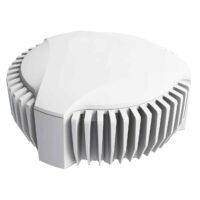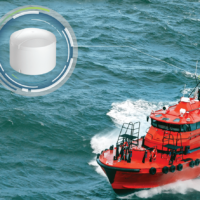Military Antennas
Find suppliers and manufacturers of Antennas for defense applications, including COTS, directional, counter-drone and wideband antennas for military radar, radio, telemetry and commsWideband Military Antennas
Wideband antennas are those with ranges from 150MHz to 40GHz and tend to be used in military systems that require spectrum-agility or multi-functionality in electronic warfare applications. They can be used as cellular band countermeasures as well as countermeasures to IED (improvised explosive device) triggers. Wideband omni antennas can be stacked to allow overlapping frequencies for multiple applications, offering high isolation between bands.
Broadband Antennas
Ground and naval applications tend to use extended performance, broadband omni antennas operating on the frequency band covering 960MHz to 1275MHz to allow communication with airborne platforms.
Antennas for Unmanned Platforms
Unmanned Systems require a more diverse range of antennas for data communications and command & control systems as well as payloads. These include:
- Common Data Link Ku-band omni antennas with circular polarisation and up to 4dBiC gain
- Counter-drone antennas for decreasing security threats
- Directional antennas for communication between an aircraft being towed and the aircraft towing it
- High gain, collinear, vertically polarised omni antennas installed in aircraft wings
- Radar cross-section enhancement and radar detection antennas
- Spiral antennas for navigation
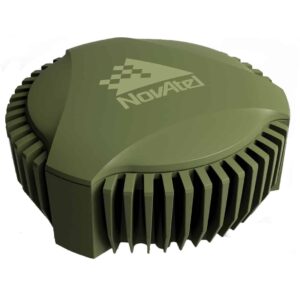
GAJT-710ML GPS Anti-Jam Antenna by NovAtel
C-Band Antennas
C-band 4.4-5.0 GHz directional, sector, multi-sector and omni-directional antennas provide a higher level of security and deliver high data rates for point-to-point or point-to-multipoint applications.
Radar systems use various antennas including Stripline and Waveguide for CW Doppler, FMCW, fixed-beam pulse, and reflectometer arrays.
High-gain radar or communication systems use wideband, possibly multi-octave, radiation patterns and VSWR (Voltage Standing Wave Ratio), sometimes with wide angle scanning.
Low-gain mobile communication systems have simpler radiation pattern conditions and need wideband VSWR.
Lastly, body-worn antennas are an evolving military communication application that can be incorporated into troops’ clothing.










